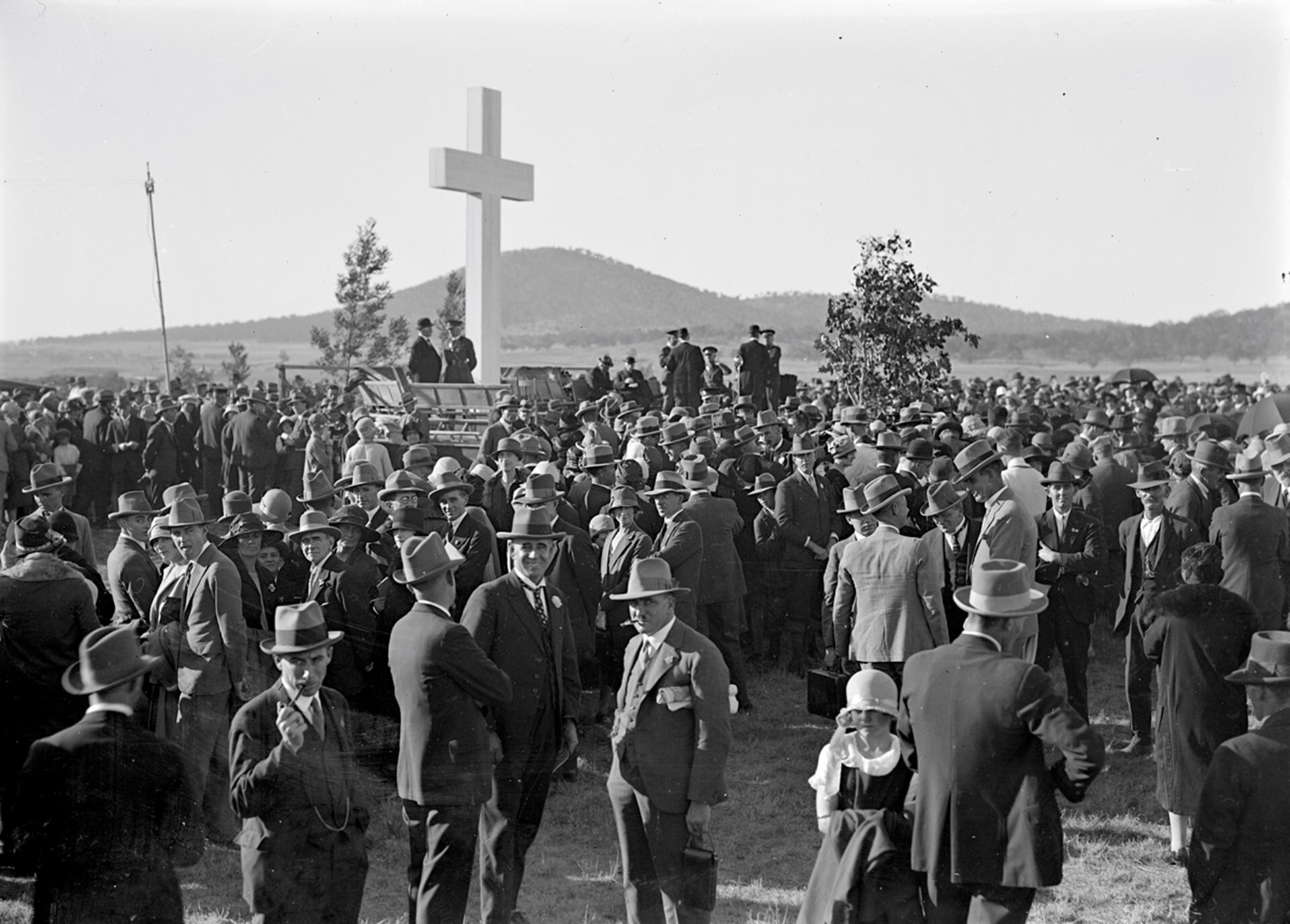Who Was Bishop Radford?
By Mrs Annette Carter, College Historian
The Right Rev. Dr Lewis Bostock Radford was a visionary who advocated strongly for religious education and for Canberra as the central place of worship for Australian Anglicans.
Born in England, Radford was educated at St John’s College, Cambridge. He was ordained deacon in 1892 and a priest in 1893. He was an outstanding scholar, writing books on history and theology.

He came to Australia in 1909 as warden at the University of Sydney. On 18 May 1915 he was elected to be the fourth Bishop of Goulburn. His first official act, on 1 September 1915, was to officiate at the burial of Bishop Barlow, his predecessor who had died the night before.
The next day he officiated at the burial of Major-General Sir W. T. Bridges, whose body had been brought back from Gallipoli to be reburied at the Royal Military College Duntroon.
Radford was a strong advocate for religious education and established the Church Mail Bag School for isolated children. He was also instrumental in the foundation of Canberra Grammar School and Canberra Girls’ Grammar.
Radford was interested in women’s work in the Church and supported a proposal at Synod to appoint a committee “to form a women’s auxiliary for the promotion of the Church’s work among women and girls”. The Churchwomen’s Union was begun in 1916 and nurtured by his wife.
His other passion was Canberra. He saw not the vast empty paddocks, but a city of thousands of people of the future. He was an ardent and enthusiastic champion of the future of the National Capital as the political, social and religious centre of Australia. Radford was heavily involved in plans for the building of an Anglican cathedral at Canberra. Although no Cathedral was ever built, he did manage to secure a site, dedicated on 8 May 1927.

His outspoken nature was polarising. For instance, he commented that Australians “being a morally lazy crowd, leave everything to the Government or the other chap”[1]. His “bulldog tenacity” consequently meant that he had a “certain reluctance to see any other point but his own”[2] and he struggled to get others to share his vision.
The Cathedral for Canberra was shelved indefinitely in 1932 ending 10 years of struggle and frustration for Radford. By 1933, his health had deteriorated, and he returned to England. He died in 1937 and his ashes were returned to Canberra and placed in the vault beneath St John’s Church, Reid. His wish was that his ashes would be interred beneath the future Anglican Cathedral.
This is an abridged version of the full article, 'Who was Bishop Radford?' Please view the full story on the College's history page.
[1] “The Public Eye.” The Daily Mail, 14 Sept 1924, p. 8.
[2] “The Late Dr. Radford.” The Canberra Times, 17 Sept 1937, p. 4.
